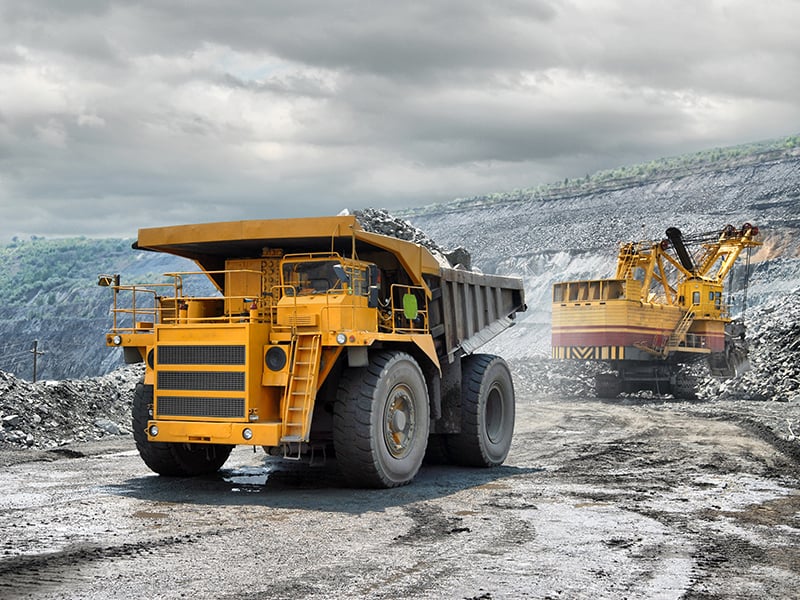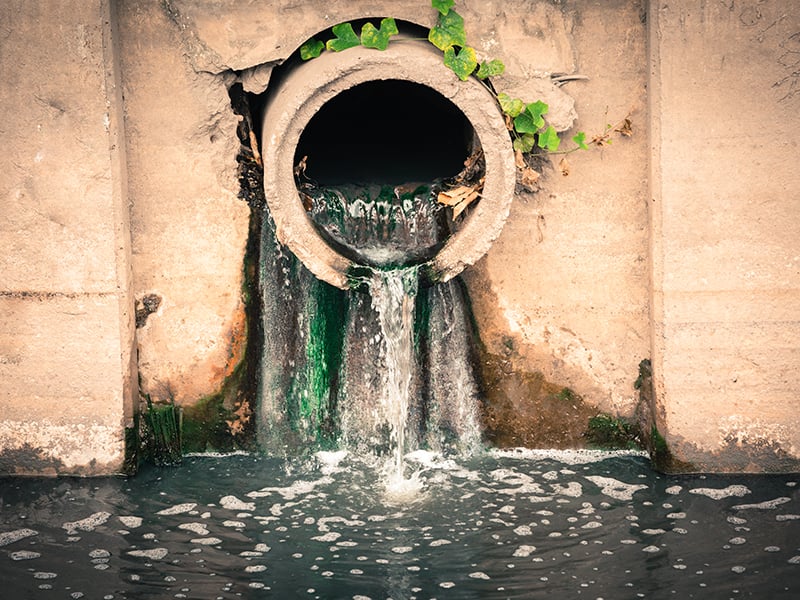Environment & Energy
X‑ray material characterization for R&D to process control
X‑ray diffraction (XRD) and X‑ray fluorescence (XRF) spectroscopy enable precise characterization of materials, aiding in developing efficient catalysts, batteries, and pollution control technologies. X‑ray computed tomography (CT) allows non-destructive failure analysis of various energy storage devices. All techniques contribute to advancing sustainable practices, ensuring cleaner energy production, and improving the cost-to-performance balances.

Related industries
Select your area of research or industry and explore more.
Batteries
XRD technique can elucidate changes in electrodes during the charging and discharging process at an atomic level operando. This type of fundamental research is crucial in improving battery performance. Meanwhile, X-ray CT allows non-destructive 3D imaging, providing essential insight into packaged battery failure analysis.
Learn more >
Mining and refining
XRF and XRD are essential analytical tools for mineralogical analysis in mining and refining industries. We offer diverse solutions for research and development, routine production, and process control, including cost-effective benchtop equipment and automation-compatible systems meeting industry standards.
Learn more >
Environment & pollution
XRF can easily analyze heavy metals with minimal sample preparation and is ideal for monitoring contaminated sediments, soils, air, and water and the classification of recycling materials. Our XRF systems meet the US EPA requirements for heavy metal concentrations (RCRA metals) and the EU environmental regulations of RoHS/WEEE.
Learn more >
Geology and minerals
X-ray analyses are widely used for in-depth study of planetary processes and Earth's composition. XRD can identify and quantify mineral phases, while XRF can analyze elemental composition. Additionally, X-ray CT can visualize pores and cracks and analyze pore networks within rocks.
Learn more >
Petroleum & petrochemicals
XRD for crystalline phase analysis and XRF for elemental analysis support the petroleum industry at every stage of the exploration, production, and distribution process. Examples include sulfur analysis and other elements in crude oil and fuels. Our instruments comply with the relevant ISO and ASTM protocols.
Learn more >
Photovoltaics
X-ray analyses are essential to characterize polycrystalline silicon and other thin-film photovoltaic materials. XRF measures thin-film elemental composition in production, and XRD and reflectivity techniques contribute to the detailed characterization of thin films, including layer composition, crystallographic orientation, and layer thickness.
Learn more >Related products
Many products contribute to the environment and energy industries. Use the Product Finder to find the best match for your needs.
Application notes
Explore the example analyses to see which analytical technique is right for you.

Contact Us
Whether you're interested in getting a quote, want a demo, need technical support, or simply have a question, we're here to help.

Subscribe to the Bridge newsletter
Stay up to date with materials analysis news and upcoming conferences, webinars and podcasts, as well as learning new analytical techniques and applications.
